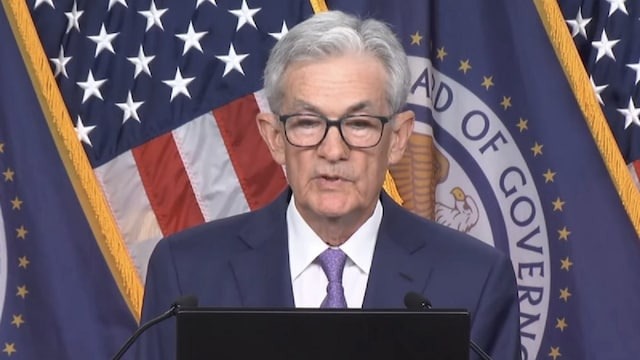
New Delhi. Recently, there has been an increase in the interest rates of Fixed Deposit (FD). Some banks are providing interest rates up to 8.25% to senior citizens and 7.75% to general citizens. FD is considered a safe investment option, but there are some risks associated with it too.
Default Risk
The chances of a bank defaulting are low, but not completely eliminated. The Deposit Insurance and Credit Guarantee Corporation (DICGC) provides insurance cover of up to ₹5 lakh. Still, splitting your deposits across different banks increases safety.
Interest rate risk:
FDs offer interest at a fixed rate. If interest rates in the market rise, your investment cannot take advantage of that increased rate. This impact is especially greater on FDs with longer tenures.
Inflation risk
If the FD interest rate is lower than the inflation rate, your real purchasing power decreases. Real returns are calculated after subtracting inflation.
Liquidity Risk:
Your money gets locked in FD. If needed, premature withdrawal attracts penalty or a lower interest rate.
How to reduce risk in FD?
Risk can be reduced by choosing the tenure of FD, interest rate, and investing in different banks. Consider these points before investing and balance your financial plan.

 Desk
Desk Share
Share






